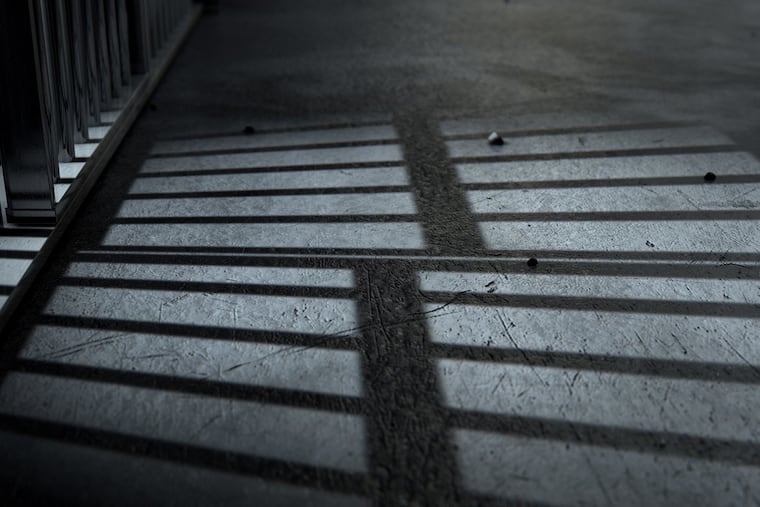A brief history of the Holmesburg Prison experiments
A timeline of the medical experiments at Holmesburg prison and the after effects on the inmates who participated.

The Holmesburg Prison experiments ended 50 years ago, but their impact remains with the victims and their families. A brief history of the experiments:
1951: Albert Kligman, a University of Pennsylvania dermatologist, begins experiments on people incarcerated at Holmesburg Prison in Philadelphia for such companies as Johnson & Johnson and Dow Chemical, as well as the U.S. Army, which commissioned Kligman to test hallucinogenic and psychotropic drugs. The Holmesburg testing program lasted 23 years.
1967: Kligman patents Retin-A, an acne medication. He and the University of Pennsylvania license it to Johnson & Johnson, which began selling it in 1971. A decade later, after discovering Retin-A’s anti-wrinkle use, Kligman is issued a new patent, but Penn argues that the right to license the patent belongs to the university. In 1989, an acrimonious lawsuit ensues, ending in 1992 with an agreement to share royalties with the medical school.
» READ MORE: Those affected by Holmesburg Prison experiments are still seeking justice, 50 years later
1972: The Associated Press reports on the Tuskegee Study of Untreated Syphilis in the Negro Male, which began in 1932 and lasted 40 years. The reporting fuels a public outcry and a congressional hearing the following year.
1974: Philadelphia bans medical testing at Holmesburg.
1984: Leodus Jones, father of Adrianne Jones-Alston and founder of Community Assistance for Prisoners in Philadelphia, files a lawsuit seeking damages. He was one of the few incarcerated people to successfully sue, reaching a $40,000 settlement with the City of Philadelphia in 1986. Jones died in 2018.
1995: Holmesburg, which opened in 1896 for those serving short sentences or awaiting trial, closes.
1998: Allen M. Hornblum, who was director of adult literacy for Philadelphia prisons and became aware of the testing program, releases his book, “Acres of Skin: Human Experiments at Holmesburg Prison,” which documented the horrors of the medical experiments.
2000: About 300 former Holmesburg study participants sue Kligman, Penn, the City of Philadelphia, Dow Chemical, and Johnson & Johnson for exposing them to “infectious diseases, radioactive isotopes, and psychotic drugs such as LSD without having given informed consent.” A year later, a court rules that the statute of limitations had expired.
2002: City Council holds a hearing on the medical experiments at Holmesburg.
2003: A group known as The Holmesburg Survivors protests outside the College of Physicians when it presents a lifetime achievement award to Kligman. The College of Physicians issues an apology 20 years later, in 2023.
2010: Kligman, 93, dies of a heart attack. He had been a member of Penn’s faculty for over 50 years.
2021: J. Larry Jameson, then the dean of Penn Medicine and now Interim President of the University of Pennsylvania, issues an apology, calling Kligman’s experiments “disrespectful.”
2022: Then-Mayor Jim Kenney follows with an apology from the city. “To the families and loved ones across generations who have been impacted by this deplorable chapter in our city’s history, we are hopeful this formal apology brings you at least a small measure of closure.”